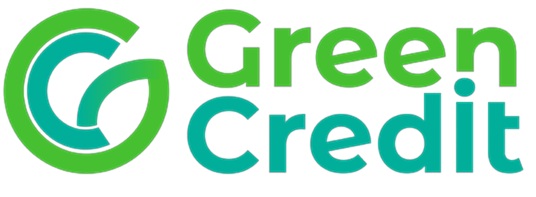Why in the news ?
- The Ministry of Environment, Forest and Climate Change (MoEF&CC) has notified methodologies under the Green Credit Program (GCP), 2023, for the “calculation of green credits for afforestation activities.”
- This initiative has emerged as a market-based mechanism to promote environmental protection and sustainable development.

What is the Green Credit Program (GCP), 2023 ?
The Green Credit Program is a voluntary and innovative mechanism that encourages various stakeholders—such as industries, state governments, and philanthropic organizations—to undertake activities that have a positive impact on the environment.
Eligible Activities

- Sustainable agricultural practices
- Waste management
- Reduction in air pollution
- Afforestation
Key Features
- Voluntary participation: Participation is completely optional.
- Credit trading: Green credits can be traded on a domestic platform.
- ESG disclosure: Companies can include them in their ESG (Environmental, Social, Governance) reporting.
- Administrative body: Indian Council of Forestry Research and Education (ICFRE), Dehradun.
What is Green Credit (GC) ?
- Green Credit is an incentive unit given for activities that have a positive impact on the environment.
- It is tradable on exchanges, similar to carbon credits.
- Under GCP, it is implemented under the Environment (Protection) Act, 1986.
- It directly benefits individuals and communities.
Difference Between Green Credit and Carbon Credit
|
Feature
|
Green Credit
|
Carbon Credit
|
|
Legislation
|
Environment (Protection) Act, 1986
|
Energy Conservation Act, 2001
|
|
Beneficiaries
|
Individuals, communities
|
Industries and corporations
|
|
Activities
|
Afforestation, waste management, reduction in air pollution, etc.
|
Energy savings and reduction in carbon emissions
|
Note: All green credit activities may be eligible for carbon credits, but carbon credit activities are not always eligible for green credits.
Concerns Related to the Green Credit Program
- Incentivizing non-forest areas: Companies may prefer buying credits rather than actual reforestation, affecting real environmental protection.
- Lack of real forest cover increase: GCP often uses degraded or existing forest land, reducing the chances of creating new forest areas.
- Assessment and long-term sustainability: There is no clear standard system to measure tree survival or the success of afforestation projects, potentially giving credits to failed projects.
Way Forward
- Recognize green credits as commodity derivatives like carbon credits.
- Develop quantitative methodologies: Just as carbon credits follow the “one ton CO₂ equivalent emission reduction” standard, green credits should have clear calculation standards.
- Prevent double incentives: Activities eligible for both green credit and carbon credit should be clearly defined.
Conclusion
The Green Credit Program is a positive and meaningful initiative, but its success depends on clarity, transparency, and monitoring in credit issuance and trading processes.



